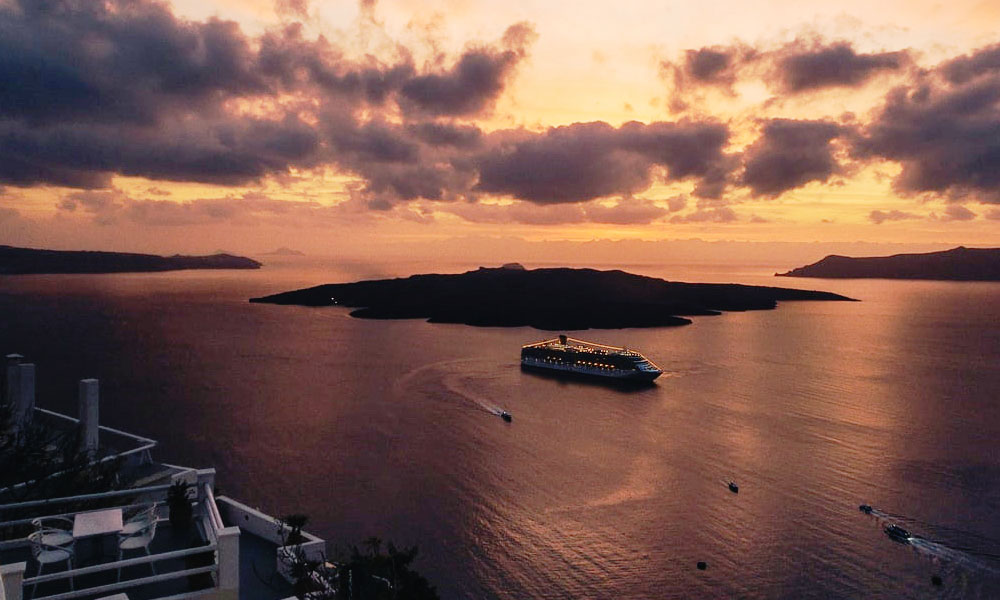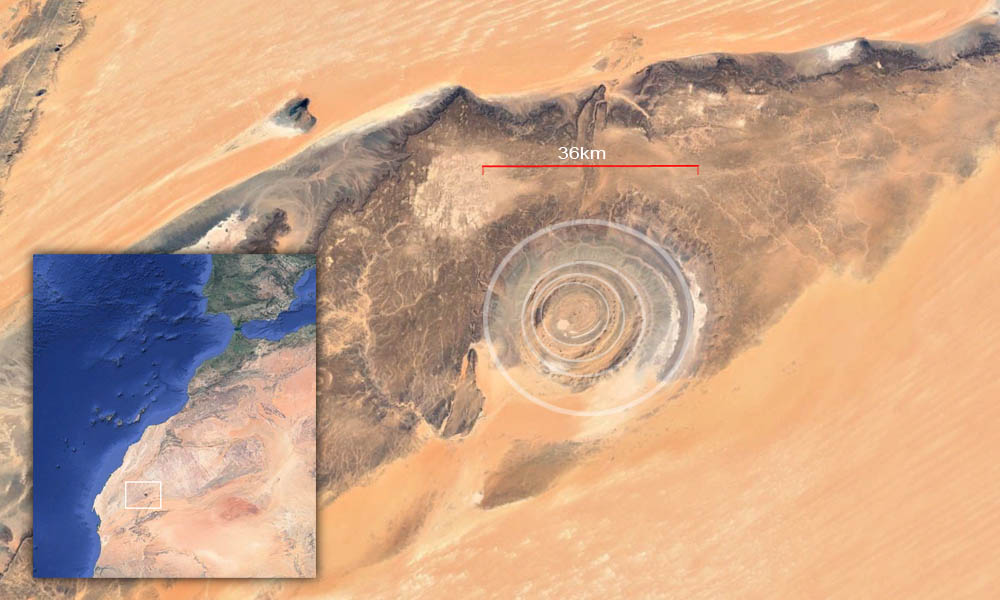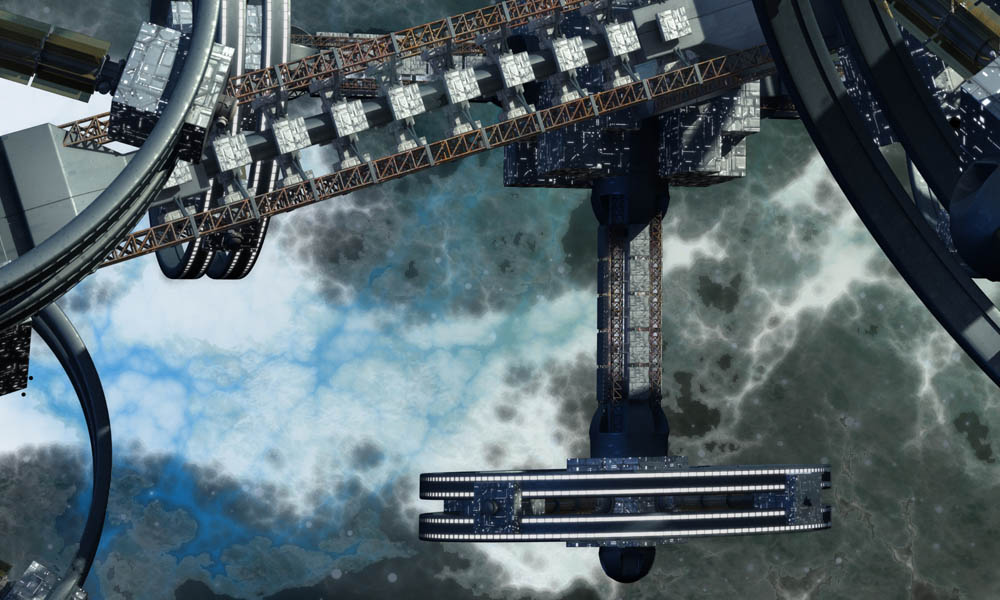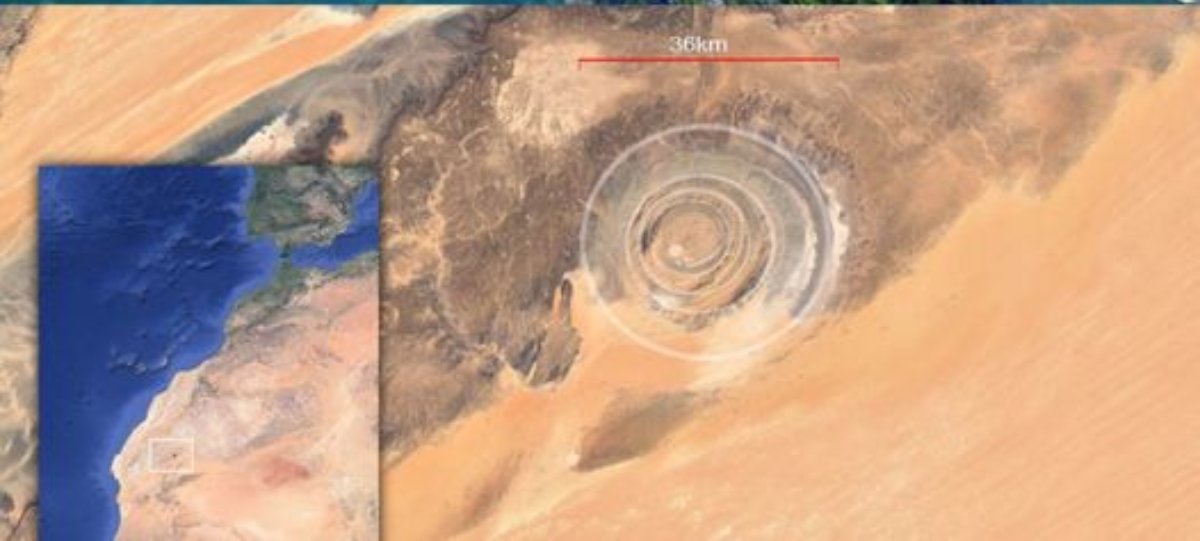Where is Atlantis the Lost City – and we don’t mean the waterpark? Beneath the shimmering depths of our oceans lies a timeless mystery that has captivated explorers, scholars, and dreamers for centuries: the elusive city of Atlantis. Whispers of an advanced civilization swallowed by the sea have tantalized our imaginations, sparking countless theories about its possible locations. From the sunken ruins off the coast of Santorini to the submerged landscapes near the Bahamas, the quest to unearth Atlantis has transcended the boundaries of geography and time. As we navigate the uncharted waters of history and science, the allure of discovering this enigmatic city continues to beckon, reminding us that even in the modern age, some secrets remain hidden beneath the waves.

Many people believe that Atlantis was built on the island of Santorini (Thera) in the Mediterranean Sea. It was a Minoan civilisation that was definitely more advanced than many of its neighbours, as can be seen by the Minoan culture on other nearby islands, including Crete. Unfortunately for the Minoans or Atlanteans, the island was also a volcano which mega-erupted around 1600 BCE and literally blew itself into pieces. Goodbye island and goodbye to whatever civilisation was on the island. A likely contender, but the island was in the Mediterranean Sea and not the Atlantic, so there’s a problem there.
Where is Atlantis the Lost City – Santorini

Merlin Burrows is a UK based company that uses satellite technology to find ancient ruins. According to the CEO, Blackburn, his team used data taken from commercial satellites, such as Landsat 5 and Landsat 8 and identified a site in Spain’s Doñana National Park. National Geographic and other respectable publications have also pinpointed the site as a likely location. The problem is that while there are many archaeological remains, they’re not very Atlantean and currently bear little resemblance to the Atlantis of legend. They are also not on an island and not in the Atlantic. Interesting but no cigar.
THE EYE OF AFRICA
Could Atlantis be the Eye of Africa?
Located in the deserts of Mauritania is a very large and ancient structure known as the eye of Africa. It is made up of concentric circles that almost look as if the ground liquidised and then solidified again during mid ripple. The concentric rings, saltwater deposits and what looks like a natural causeway do match some of the original descriptions but other than that its not likely. The lack of any serious archaeology or ancient technology scores against this as the location.
ALIEN SPACESHIP
This one is kind of interesting. Actually, Plato’s description of Atlantis is also a remarkable accurate depiction of a science fiction interstellar craft. Large, rings for stability, lots of strange metals and gates, and a collection of animals from around the region but not native to the island. Huge blasts of fire and the city disappears into the sky. Best place to land a giant spaceship without causing radiation damage – well that would be on the sea where it would look like a magical island. More about this idea in another article. Still … for this to work you have to believe that earth was visited by ancient aliens and that’s a whole new debate.

Where is Atlantis the Lost City – Could it be a Spaceship?
OUR THEORY
Atlantis, according to Plato (Critias & Timaeus) was beyond the Pillars of Hercules or the Straits of Gibraltar. If we are to take the story literally then Atlantis is definitely not in the Mediterranean.
So, what do we know about Atlantis? It was an island, probably smaller than Southern Italy. It was somewhere in the Atlantic Ocean but close enough for its ships to pass the Straits of Gibraltar and enter the Mediterranean.
Its civilisation originated towards the end of the last Ice Age. Later, it had significant trade with other nations. There were elephants (imported?) and chestnut trees. It was close enough to Africa to be able to dominate the lands of Libya. Orichalcum could be mined on the island. It was probably volcanic. It was destroyed by an earthquake (volcanism).
If we faithfully follow this description, we do find an actual place. We find the volcanic Canary Islands. Quite a great deal of Plato’s description matches this location. They are volcanic, on the ancient but disputed trade route to the Americas, were once considerably more fertile than they are today, are still unstable and have unusual (if limited) pyramidal ruins. Pliny the Elder (AD23 – 79) reports the Canary Islands were uninhabited in the time of Hanno the Navigator (c. 600 BC), but nevertheless contained the ruins of buildings.
“He (Juba II) said that in this island there are traces of buildings; that while they all have an abundant supply of fruit and of birds of every kind, Canaria also abounds in palm-groves bearing dates and in conifers; that in addition to this there is a large supply of honey, and also papyrus grows in the rivers,” From the Translation of The Natural History of Pliny the Elder by H. Rackham, first published 1942, Loeb Classical Library, Harvard University Press.
